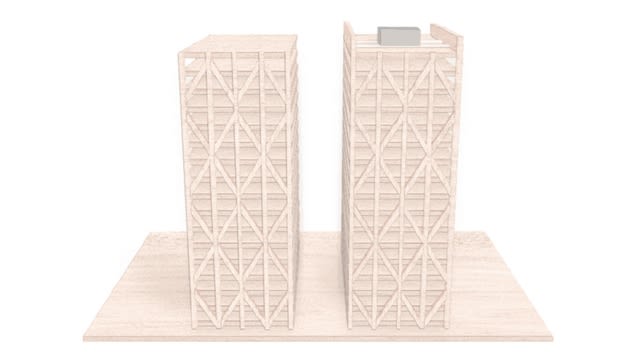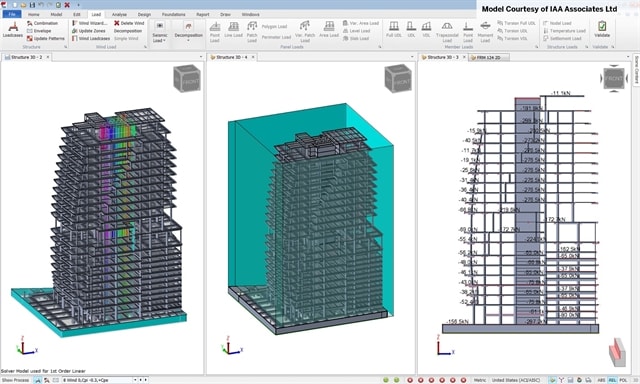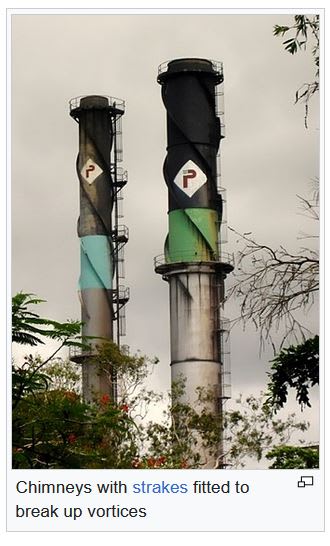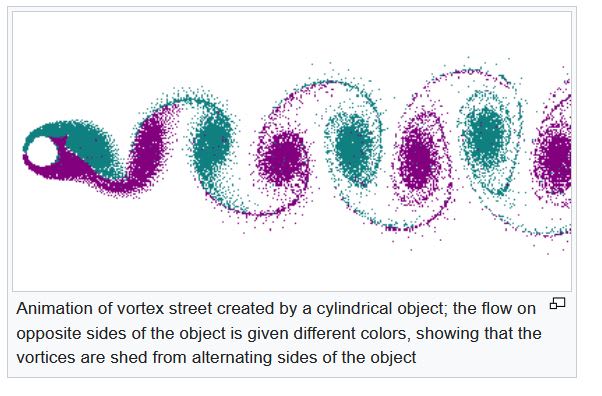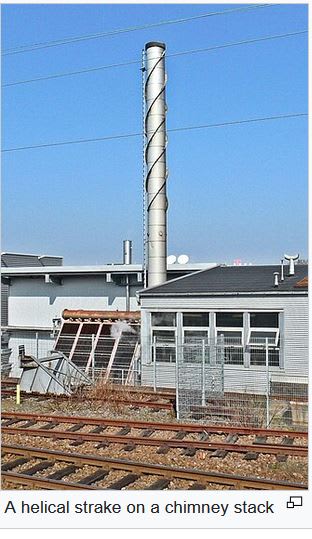Raja6
Structural
- Aug 16, 2023
- 24
Hello Gentlemen,
Recently I have been entrusted with the assignment of reviewing design and construction documents for a 400 ft tall flagpole.
I am looking for answers to the following questions:
1. (ANSI/NAAMM FP 1001 07 Guide specifications for design of flagpoles) Which is the latest version of this specification? 2007 or 2013?
2. The maximum height specified in this spec is 300 feet only. Which spec is applicable for heights beyond 300 feet?
3. ASCE7 is referred in this specification. Do we need to use the latest version of ASCE7 2016 or 2022? Which ASCE7 is compatible with this spec?
4. What is the reference for coating for the steel?
5. What should be the minimum design life?
6. What is the allowable deflection? H/50 or H/60 or less?
7. Is any other reference code or Guide specification available in the industry?
8. What is the Risk category applicable? I or II or III or IV? Is this structure considered as a monument or special structure?
Thanks for your input in advance.
Recently I have been entrusted with the assignment of reviewing design and construction documents for a 400 ft tall flagpole.
I am looking for answers to the following questions:
1. (ANSI/NAAMM FP 1001 07 Guide specifications for design of flagpoles) Which is the latest version of this specification? 2007 or 2013?
2. The maximum height specified in this spec is 300 feet only. Which spec is applicable for heights beyond 300 feet?
3. ASCE7 is referred in this specification. Do we need to use the latest version of ASCE7 2016 or 2022? Which ASCE7 is compatible with this spec?
4. What is the reference for coating for the steel?
5. What should be the minimum design life?
6. What is the allowable deflection? H/50 or H/60 or less?
7. Is any other reference code or Guide specification available in the industry?
8. What is the Risk category applicable? I or II or III or IV? Is this structure considered as a monument or special structure?
Thanks for your input in advance.



